The following article was originally published by Emobility Engineering magazine, published April 11, 2024 Read …
How modularity of integrated EDUs can power the mass adoption of EVs
The history of electric car technology started over 200 years ago but it’s only since the renewed interest in the last decade that we’ve witnessed several technological pushes. For powertrain electrification, manufacturers are looking into the potential of system integration to comply with the growing vehicle requirements. An integrated electric drive unit (EDU) provides several advantages. Embedding axial flux technology even takes it a step further.
Systems engineering of electric vehicles
The first electric vehicles of the new era were not yet optimized for weight or performance, with components and sub-assemblies only bolted together in most cases. Separate companies were manufacturing those individual components and full integration wasn’t one of the key design drivers yet. A motor was often connected to a transmission while the inverter was simply installed on the top or at the side as a separate system.
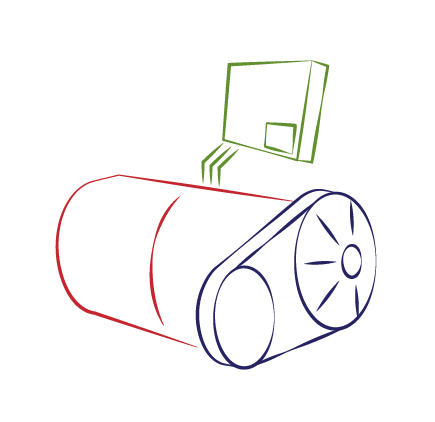
What defines an integrated electric drive unit (EDU)?
The aim of integrating the different sub-components (motor, transmission, inverter, etc.) is to have all of them work optimally. However, system integration can be done at various levels:
- Mechanical integration: modules are integrated within the same housing
- Electrical integration: modules share wiring looms and an electric system
- Thermal integration: modules are integrated while sharing a cooling system
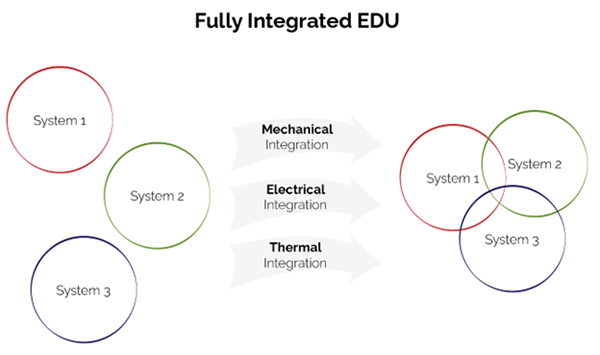
OEMs/Tier1s can decide to what extent they want to integrate, depending on what is beneficial to them. The first integrations we saw were actually more like semi-integrated electric drive units, for example:
- a layout where the inverter is not incorporated in the same housing as the motor and the gearbox;
- or an EDU where the cooling system for the inverter and the motor are different.
It goes without saying that we can only talk about a fully integrated EDU when all three levels of integration are completed.
Why opt for an integrated EDU system approach?
Aristotle already knew that the sum is greater than its parts, and manufacturers see the advantages of an integrated EDU system approach as well. They’re increasing their efforts to achieve:
- Weight reduction
- Efficiency improvement
- Space envelope reduction
There are indications that an integrated solution can reduce the required space envelope by up to 45%, decrease the EDU manufacturing cost by 30%, and reduce the system losses by up to 45%.
Where should you begin?
Integrating EDUs comes with specific challenges. You’ll need to start by bringing together expertise from the various EDU sub-assembly teams (inverter, transmission, machine, cooling, electronics, software, …). These teams could be internal or external. In the latter case, promoting the conversations between the different suppliers of the sub-components in order to get to an optimal solution is essential.
The first decision these experts will need to make is the scope: will the EDU be used for a specific application or in a broader context? In practice, the latter means that EDU developers need to take into consideration the performance, weight, and space envelope targets from various platforms and segments. The question then arises if it is worth designing an EDU that meets all platform/segment requirements, or instead a module that can be used in a modular way (see below).
In any case, the development of innovative EDUs requires constant investments in research and development. In this particular context the following expression is quite appropriate: ‘one bad apple spoils the whole bunch.’ A poorly designed EDU sub-assembly can limit the entire EDU’s performance and/or long-term reliability. It’s essential to find out how the individual sub-assemblies will interact with each other in the best possible way.
Next, a well-designed integrated EDU requires specific housing and all the related automotive tooling. Developing new tooling can be expensive. It explains why volume manufacturers move more easily toward integrated EDUs compared to niche players.
Modularity simplifying vehicle platform strategies
On the other hand, integration could also lower the costs for (electric) automakers. OEMs want to maximize market coverage by offering different car segments (ranging from A-segment to performance cars) but this implies a certain cost (logistics, stocks, …) related to the EDU of each of them.
Not only does the power level go up when climbing the car-segment ladder, but the number of motors also increases. A typical A-segment car can often operate with a single motor, usually on the rear axle. When climbing on the car-segment ladder, you’ll notice that C-segment cars are often equipped with 2 motors and the premium J-segment might have 4 motors.
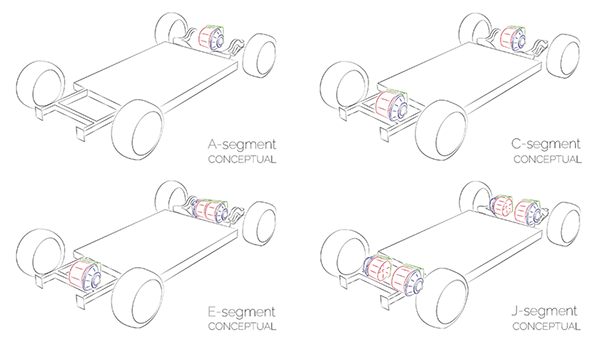
By changing the number of motors per axle and/or per platform, completely different specifications/performance/comfort, and safety levels are achieved. This way, OEMs can build powertrains in a modular way. The same sub-components can be used in various setups for vehicles in different segments, resulting in economies of scale.
Axial flux technology & electric drive systems
Regardless of the level of integration, the yokeless axial flux motor technology can offer important advantages. As clearly shown in the studies of IDTechEx, axial flux motors are characterized by excellent power (see IDTechEx graph below) and torque density (see blog article on magnetic field orientation of axial flux motors), offering the same power and torque levels as most radial flux motors but within a smaller and lighter package.
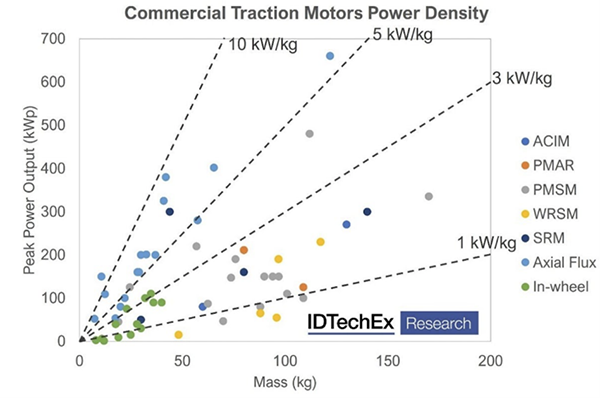
With axial flux technology, an EDU designer can obtain the required torque and power level from a smaller and lighter motor package. The high power-to-size ratio of our yokeless axial flux motors leaves more design freedom to configure EDUs and position various EDUs.
When aiming for a single motor design, the choice can be made to go for parallel offset or coaxial configuration. The final choice of the EDU configuration will depend on several key parameters such as weight, space envelope, ground clearance, gear ratio, etc. Both configurations enable modularity and weight/space envelope optimization if the design is well-studied.
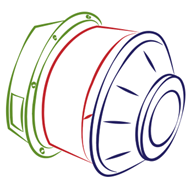
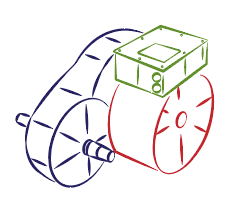
When looking into twin-motor solutions, our Traxial motor technology becomes even more attractive because of its modularity. The motors can potentially be used in an even larger number of possible EDU configurations. OEMs can choose between configurations such as a parallel offset with dual motors, dual-stacked coaxial motors, or 2 individual motors both equipped with their own transmission. This last feature enables torque vectoring.
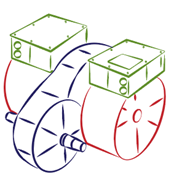
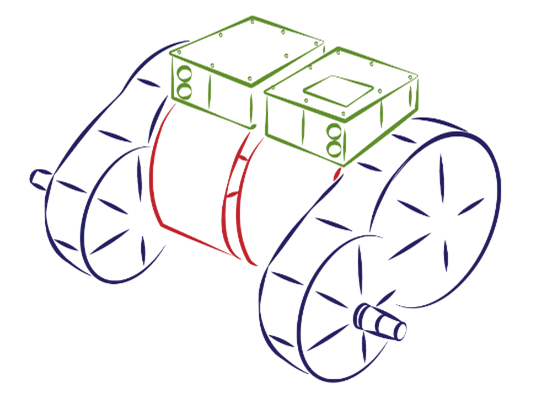
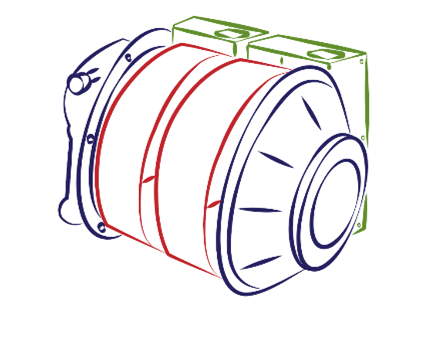
Great efforts assure satisfaction
An integration project is challenging but there’s no doubt that it’s highly rewarding too. Imagine being able to develop a highly efficient powertrain using axial flux technology, which is space envelope/weight-optimized. If designed in a clever way, it could even become a modular powertrain for different electric vehicle segments.
Get the technical data sheet of our latest axial flux motor, the AXF300-85s
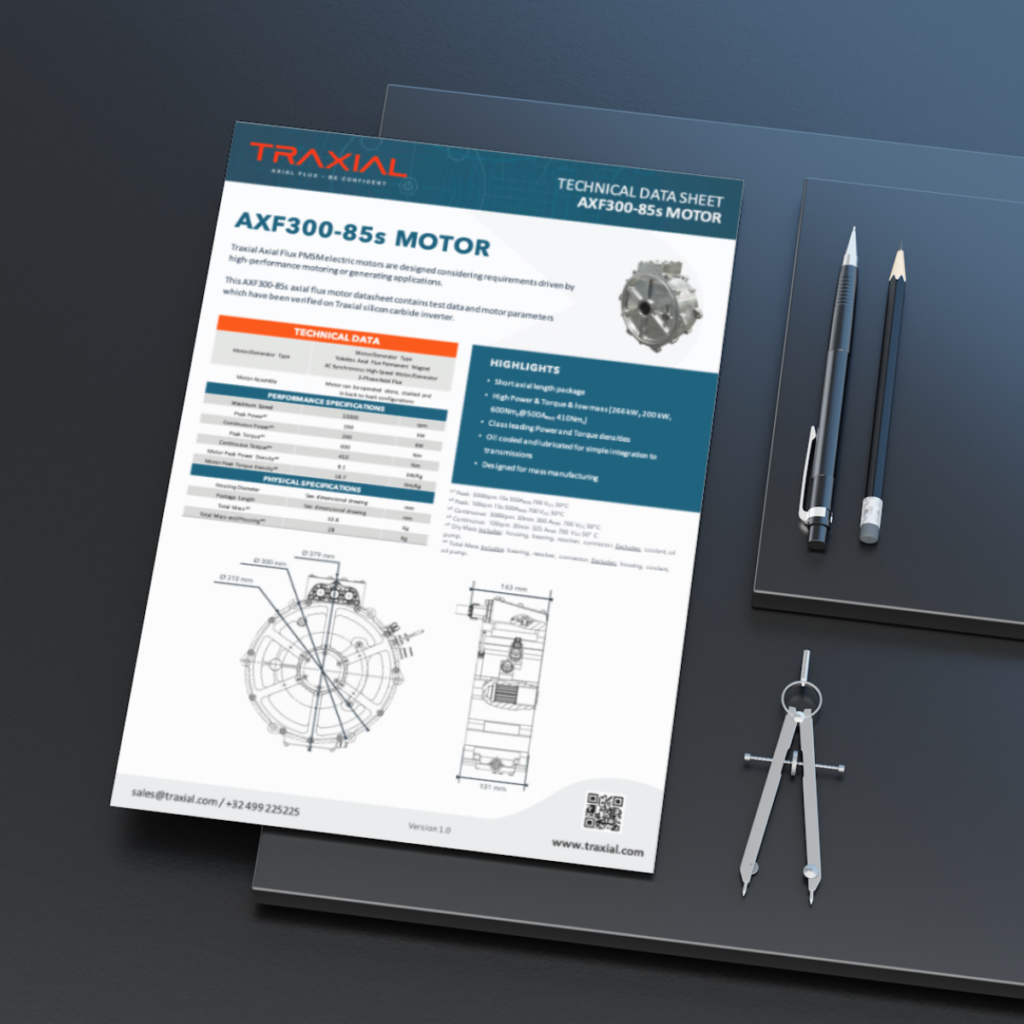
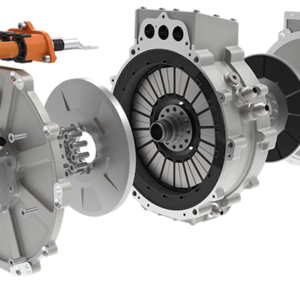
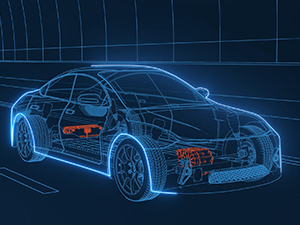
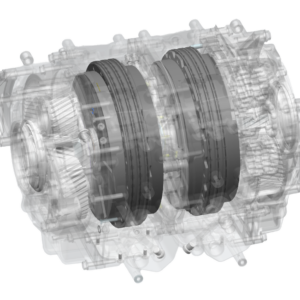
This Post Has 0 Comments